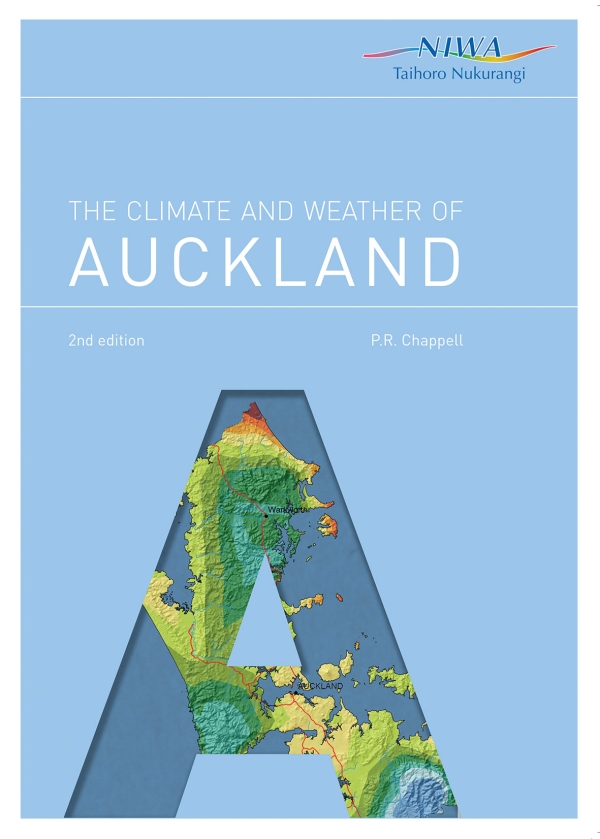Auckland experiences a subtropical climate.
The region lies some 13° of latitude south of the Tropic of Capricorn, so tropical plants which are protected for the winter months will flower and fruit in the summer, and cold climate vegetables planted in autumn will mature in early spring – providing the ground is well-drained. Almost any plant can be grown in Auckland providing the location is optimised with regard to radiation, shelter, drainage, and irrigation.
Summers tend to be warm and humid, while winters are relatively mild, and many parts of the region only receive a few frosts each year.
Rainfall is typically plentiful all year round, with sporadic very heavy falls. Dry spells may occur during the summer months, but they are usually not long-lived.
Most parts of Auckland receive around 2000 hours of bright sunshine per year.
Sometimes Auckland experiences extreme events that cause flooding and wind damage, but generally these events are not as severe as in other regions.
Read the report
Read the full report - The climate and weather of Auckland - 2nd edition [PDF 5,705KB]
Suggested citation
Chappell, P.R. 2013. The climate and weather of Auckland. NIWA Science and Technology Series 60, 40 pp.
NIWA's climatologies
A regional climatology is a summary of the typical weather and climate of a region, based on historical data observations made at climate stations located within the region.
View all available regional climatologies
Read more about NIWA's regional climatologies

